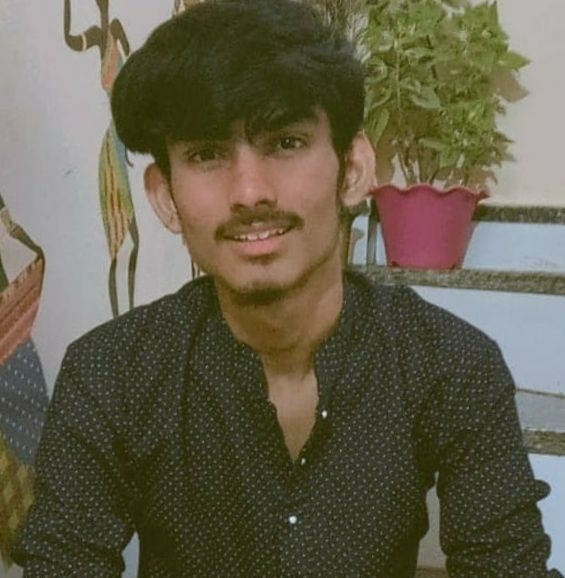Bara Massacre: The Bloodshed Night of Naxal Terror
The Bara massacre of 1992 shows how Maoist violence shattered innocent lives, leaving behind fear, pain and memories of one of India’s darkest nights.
Total Views |

The Bara massacre of 12 February 1992 remains one of the most brutal acts of Naxal terrorism in India’s history. The incident, orchestrated by the Maoist Communist Centre (MCC) terror group, saw the merciless killing of 34 villagers, primarily from the Bhumihar community, in Bara village, Gaya district, Bihar.
On the night of 12-13 February 1992, a horrific massacre unfolded in the small village of Bara, located in the Tekari block of Gaya district, Bihar. The village, situated about 35 km northwest of Gaya, became the scene of one of the most savage killings in recent memory, drawing nationwide attention. Bara is a small hamlet with approximately 50 houses, predominantly inhabited by the Bhumihar caste. Out of the 50 families, 40 were Bhumihars, six were Brahmins, one was Vadai, one was Teli, and two were Dalits. The villagers had modest landholdings, with most owning only three to four bighas. The largest landowner reportedly held no more than six bighas. The total area of the village, or ‘rakaba,’ was about 300 bighas. Nearby villages such as Khuluni, Dehura, and Nein Bigha were exclusively inhabited by Dalit communities.
The Night of the Massacre
Around 9:30 PM on 12 February, terror struck Bara. The villagers, about 300 in number, had just retired for the night when they awoke to explosions of bombs. A mob of nearly 500 people, armed with traditional weapons and led by MCC cadres with guns, had surrounded the village. The assailants set houses ablaze and shouted slogans like “MCC Zindabad” and “Jo hamse takrayega wo chur chur ho jayega” (those who dare confront us will be reduced to dust). They demanded the whereabouts of Ramadhar Singh alias Diamond, the commander of the Sawarna Liberation Front (SLF), and his aide Hardwar Singh.
The mob, some disguised in what looked like khaki uniforms, entered homes under the pretext of searching but soon revealed their true intentions. They gathered the male residents, tied their hands, and spared the women and children. Around 100 men were taken to a canal bank where their feet were also bound.

The attackers began a chilling selection process. They asked if anyone in the group was not a Bhumihar. Three men, Budhan Singh, Satish Singh, and Bunda Singh, pretended to be Brahmins and were released. Another secured freedom the same way. A known MCC sympathiser, Suresh Singh, declared himself a comrade by ideology, but he too was not spared. Two Dalit men were freed before women and children were told to leave.
What followed was a gruesome massacre. The silence of the winter night was broken by the cries of captives as the assailants slit throats with sharp weapons. Those who tried to flee were shot dead. Even Suresh Singh, despite his pleas, was butchered.
The post-mortem revealed 34 deaths. Four were shot, while the rest were slaughtered. Even those shot were subjected to throat-slitting, highlighting the sheer brutality of the killings.
The Maoist Communist Centre (MCC)
The MCC was one of India’s largest armed Maoist organisations with strongholds in Bihar, Jharkhand, and parts of West Bengal. It advocated overthrowing the state through a “protracted people’s war.” Known for its violent tactics, the MCC was behind several massacres, including Bara, which was part of its larger conflict with upper-caste landowners.
In 2004, the MCC merged with the People’s War Group (PWG) to form the Communist Party of India (Maoist), which remains India’s largest Maoist outfit today. The Indian government has designated CPI (Maoist) and its various formations, including the MCC, as terrorist organisations.
Conclusion
The Bara massacre stands as a grim reminder of how Maoist ideology thrives on fear and violence. It was not an isolated act but a deliberate attempt to terrorise those labelled as the “enemy class.” The Maoists projected themselves as liberators of the poor, but in reality, their campaign was about power, not justice.
By using propaganda to frame their violence as social justice, they sought to legitimise brutality. Yet the truth remains that their ideology brings not freedom but subjugation. The Bara massacre was a grotesque display of this reality. It was not about liberation, it was about domination through terror.
Article by

Kewali Kabir Jain
Journalism Student at Makhanlal Chaturvedi National University of Journalism and Communication

